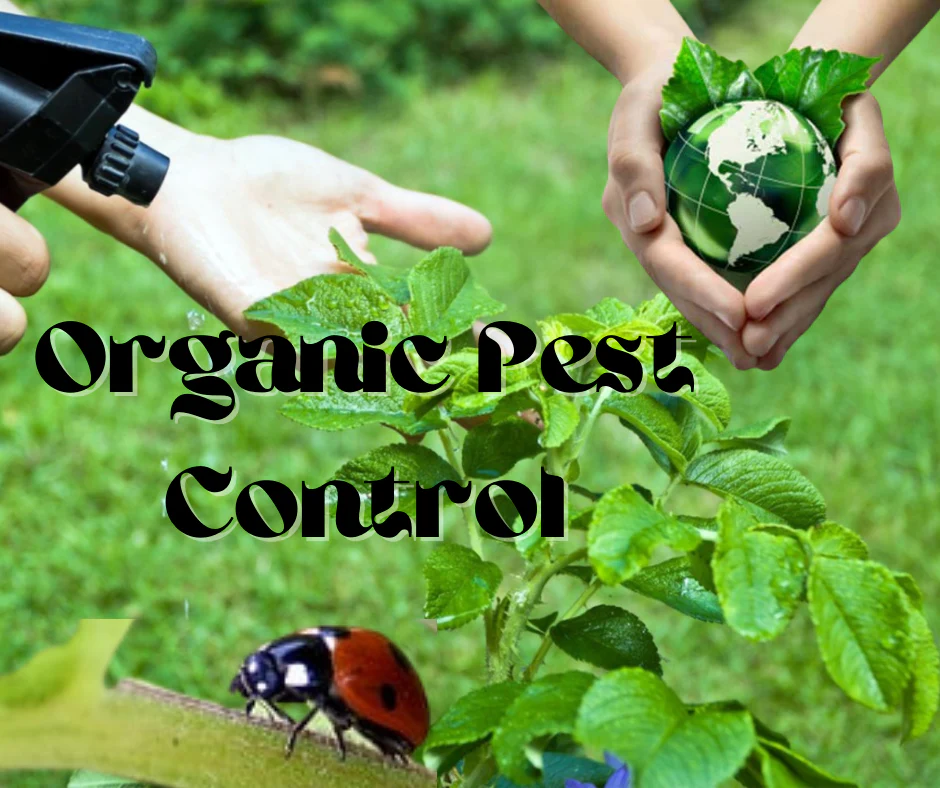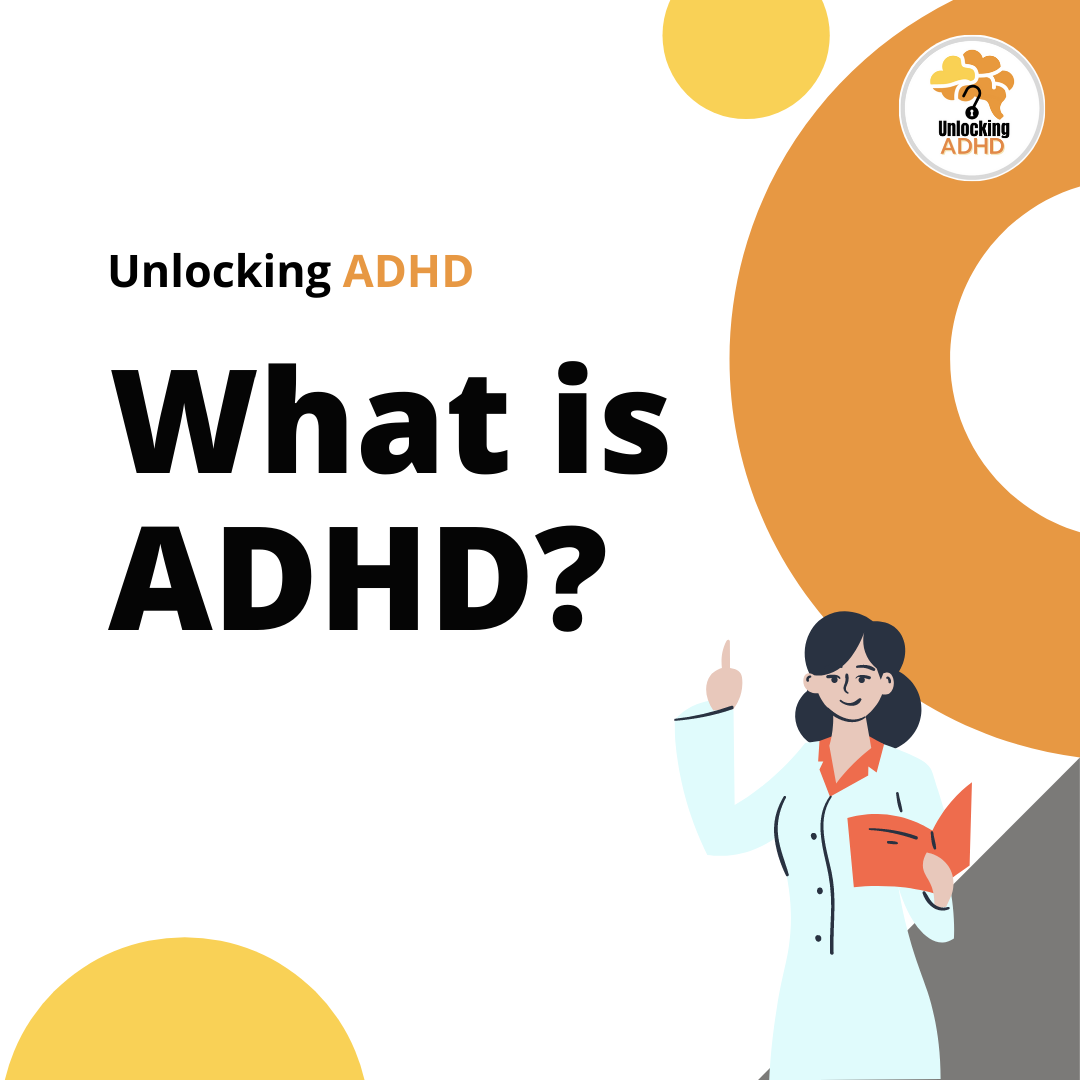Pest Control
A comprehensive pest control solution involves a combination of preventive measures, identification, and targeted treatment strategies. Here's a step-by-step guide to developing an effective pest control solution:

Related Searches
1. Assessment and Inspection: Conduct a thorough assessment of the property to identify existing pest infestations, potential entry points, and conducive conditions for pest activity. This may involve inspecting both the interior and exterior of the building, as well as surrounding areas.
2. Identification of Pest Species: Identify the specific types of pests present, as different pests may require different treatment methods. Common pests include insects (such as ants, cockroaches, termites), rodents (mice, rats), birds, and wildlife.
3. Risk Analysis: Evaluate the level of risk posed by the pest infestations, taking into account factors such as potential damage to property, health risks to occupants, and regulatory compliance.
4. Development of a Pest Management Plan: Based on the assessment and risk analysis, develop a customized pest management plan that outlines the most appropriate control measures for the specific pest species and infestation level. Consider using Integrated Pest Management (IPM) principles, which emphasize a combination of preventive measures, mechanical controls, and targeted pesticide applications.
5. Preventive Measures: Implement preventive measures to minimize the risk of future pest infestations. This may include sealing entry points, removing sources of food and water, maintaining cleanliness, and implementing proper waste management practices.
6. Mechanical Controls: Use mechanical methods such as traps, barriers, and exclusion devices to physically remove or deter pests from entering the property. This can be particularly effective for controlling rodents and certain insect pests.
7. Chemical Treatments: When necessary, apply targeted pesticide treatments to eliminate existing pest infestations. Choose pesticides that are approved for use against the target pest, and follow all label instructions and safety precautions. Consider using low-toxicity or environmentally friendly products whenever possible.
8. Monitoring and Follow-Up: Regularly monitor the effectiveness of pest control measures and conduct follow-up inspections to ensure that the infestation has been successfully eradicated. Make any necessary adjustments to the pest management plan based on monitoring results.
9. Documentation and Reporting: Keep detailed records of all pest control activities, including inspection reports, treatment records, and any follow-up actions taken. This documentation can help track the effectiveness of the pest control program and demonstrate compliance with regulations.
10. Education and Training: Educate property occupants and staff about pest prevention measures, proper sanitation practices, and the importance of early detection. Provide training to maintenance personnel or pest control operators on implementing and maintaining effective pest control strategies.
By following these steps and adopting a proactive approach to pest management, property owners and pest control professionals can effectively control pest infestations while minimizing risks to human health and the environment. Regular maintenance and vigilance are key to preventing future pest problems and maintaining a pest-free environment.







